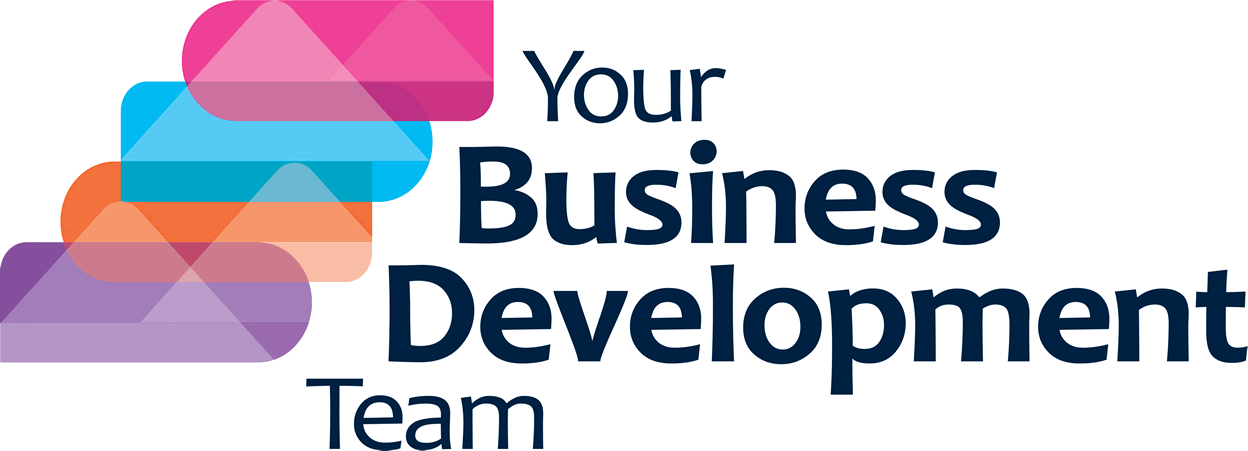One of my big bugbears is the saying, ‘Better the devil you know’. My esteemed colleague Google tells me that the proverb is of Irish origin and has been traced back to the 1539 collection of proverbs by R. Taverner. The main point of this saying is, of course, that a new thing is unknown and therefore should be avoided as it may be even worse than the current.
Not surprisingly, this is an approach we come across a lot when dealing with business. I have written before about the fact that most established businesses rely less on new business sales and more on customer retention and referrals. This is as it should be because these are key factors in the development of any company contributing to its stability and profitability.
So why invest in opening up and developing new markets?
Indeed, there are many reasons why not to, here are a few prime ones:
- Hiring or developing the resources required is expensive
- There are no guarantees that you will get a return on your investment
- You might have to make concessions or changes to your product to make sure it fits
- Developing new business takes a lot of time and effort
However, unless you are a big believer in, ‘Better the devil you know’, there are many reasons why you should consider new markets. Here are some of my favourite ones:
Over-dependency on your current client base. Depending on your industry your clientele may be very specific and limited or it might have a wider reach. Like everybody else, some of your clients might be great and others less so but any company can change direction, fold or
- decide to hire someone else. If you have a healthy pipeline of new opportunities this might be less of a blow.
- Over-dependency on specific industries. You may well be an expert and a brand in certain industries which is great. However, as economic circumstances change, some industries may experience a decline which can put you at risk. Adding diversity to your sales can put you a step ahead of your competition and keep you in profit. Diversity does not have to mean a different industry all together but also improving your reach within your existing one.
- Limiting your own growth. If you only operate within one target market, you may well reach a saturation point which hampers your growth efforts. A new market can provide you with a fresh opportunity to grow and develop.
- Becoming a bit stale. If you always do what you have always done you cannot really expect change, even Einstein said that. Going for new markets will force you to update your products and consider how you do things which is never a bad thing.
I hope this is useful and will support you in including a plan to enter a new market sometime this year. If you do, be sure to contact us to see how we might help. We have introduced some very specific products on top of our lad generation and lead nurturing so you may want to visit our site and have a browse.










